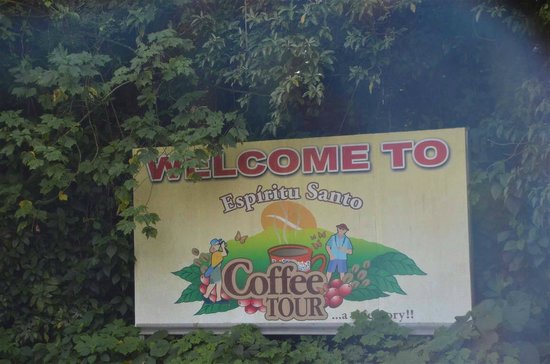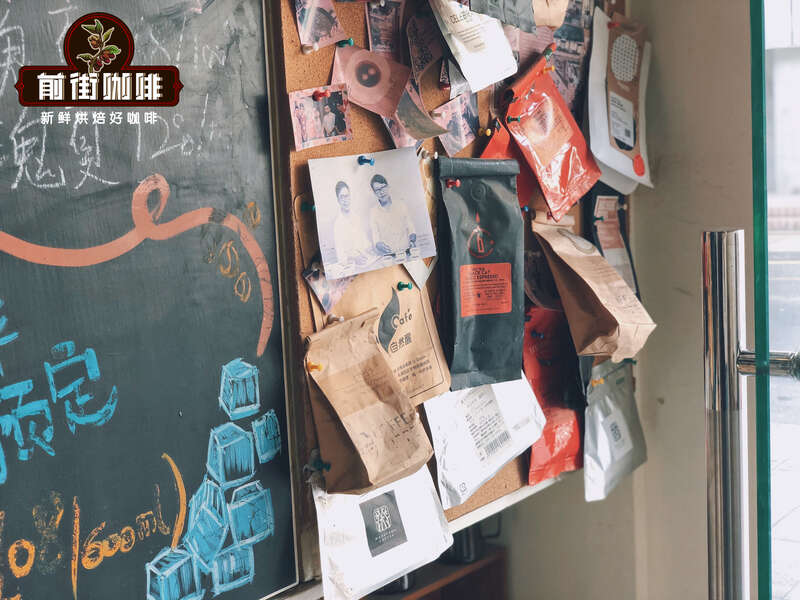Introduction to the flavor characteristics of Brazilian Sandoz coffee, the most famous brand of Brazilian coffee

For professional baristas, please follow the coffee workshop (Wechat official account cafe_style)
Brazil Brasil
Brazil is the largest coffee producer in the world, providing nearly 45% of the world's coffee raw beans. The length of the country's dry season may even affect coffee prices around the world. The main producing areas of Brazil are Minas Gerais Minas Gerais, S ã o Paulo Sao Paulo, Bahia Bahia and Esp í rito Santo Espirito Santo, which account for 90% of the country's exports. Our common Santos Santos and Mochiana Mogiana come from S ã o Paulo. Sirado Cerrado and South Minas Sul de Minas in Minas Gerais, because of their high altitude, produce high-quality Brazilian coffee beans. Silado is located to the west of Minas Gerais. For a flat plateau, 750m--1200m above sea level. The hilly woodland where South Minas is 700m-1200m above sea level is the earliest production area of Brazilian coffee. Due to the increase in labor costs, it is now mostly harvested by machinery, and it is also the earliest commercialized area of coffee. We can see that many large exporters are also standing here. Bahia, located in the north of Brazil, mainly produces washing in Brazil, and Espiritu Santo, near the sea, is the main export area of Brazilian Robusta varieties. In Brazil, there are water washing, honey treatment and sun treatment, but the most common is the sun treatment.
The Brazilian grading system, which scores the proportion, size, flavor and taste of defects, is its own independent grading system, which is more complex than that from other countries. For example, the "Brasil Santos NY2 SC17/18 SS FC" NY2 classifies the proportion of defects: the higher the number, the greater the proportion of defects. The order is 2, 2, 3, 3, 3, 4... NY says it is based on the New York rating standard. SC 17A 18 represents the number of coffee beans. While SS FC (Strictly Soft and Fine Cup) represents flavor and taste, it is divided into two groups: first Strictly Soft, Soft, Softish, Hard, Hardish, Rioy/Rioysh, Rio second is Fine Cup and Good cup. Brazilian coffee is widely loved because of its high sweetness, cleanliness, softness, low acid value and wide use.

Coffee beans-Santos (SANTOS)
Coffee beans-SANTOS, large, light green or yellowish beans, because local beans are mostly sun-treated, with brown cracks in the middle, and are almost always used for blending. High aroma, suitable for bitterness, as well as sour taste of high-grade products, can also be drunk directly.
Brazil is currently the largest coffee producer in the world, so Brazilian beans are also one of the main ingredients of all mixed coffee, but because Brazilian beans have their special flavor, but are not favored by buyers, they are often used as a substitute when coffee bean production is low. Santos is a kind of neutral coffee beans, which is characterized by flat and neutral taste, and its overall taste is neither bitter nor sour. It is known as the firmness of coffee and is often used to mix with other coffee beans. For example, Mamba coffee made in Brazil and Mantenin is widely loved by the public.
Land: Brazil.
Wind taste: the taste is comfortable and mild, smooth and moist, moderate sour and bitter.
Aroma: delicate aroma, with aromas of fruit and cinnamon.
It: Brazilian Santos coffee is named after the export port-Santos (Santos), which accounts for about 1max 3 of the world's total coffee output. Brazilian coffee is of uniform quality and is an indispensable coffee bean for blending comprehensive coffee or Mamba and Mammo coffee.
Important Notice :
前街咖啡 FrontStreet Coffee has moved to new addredd:
FrontStreet Coffee Address: 315,Donghua East Road,GuangZhou
Tel:020 38364473
- Prev

A century-old authentic Blue Mountain NO.1Mavis Bank treatment plant in Jamaica introduces the flavor description in detail.
Professional barista exchanges please follow the coffee workshop (Wechat official account cafe_style) Jamaica Blue Mountain Mavis Bank NO.1 Jamaica Blue Mountain Mavis Bank NO.1 from the century-old manor official certification 100% Jamaica Blue Mountain Mavis Bank is located about 10 miles northeast of the capital Kingston, is a raw bean processing plant certified by the Jamaican government.
- Next

Do Costa Rican rose summer coffee beans taste good? are rose summer mixed coffee beans individual coffee beans?
For the exchange of professional baristas, please follow the coffee workshop (Wechat official account cafe_style) Costa Rican Coffee Tower Goddess Manor Geisha / Rosa / Geisha Solar treatment Costa Rica Dota El Diosa Geisha Natural micro batch! The blind test score is comparable to the first place in BOP! The Dota region, located in the best-known Tarrazu region of Costa Rica
Related
- Detailed explanation of Jadeite planting Land in Panamanian Jadeite Manor introduction to the grading system of Jadeite competitive bidding, Red bid, Green bid and Rose Summer
- Story of Coffee planting in Brenka region of Costa Rica Stonehenge Manor anaerobic heavy honey treatment of flavor mouth
- What's on the barrel of Blue Mountain Coffee beans?
- Can American coffee also pull flowers? How to use hot American style to pull out a good-looking pattern?
- Can you make a cold extract with coffee beans? What is the right proportion for cold-extracted coffee formula?
- Indonesian PWN Gold Mandrine Coffee Origin Features Flavor How to Chong? Mandolin coffee is American.
- A brief introduction to the flavor characteristics of Brazilian yellow bourbon coffee beans
- What is the effect of different water quality on the flavor of cold-extracted coffee? What kind of water is best for brewing coffee?
- Why do you think of Rose Summer whenever you mention Panamanian coffee?
- Introduction to the characteristics of authentic blue mountain coffee bean producing areas? What is the CIB Coffee Authority in Jamaica?

